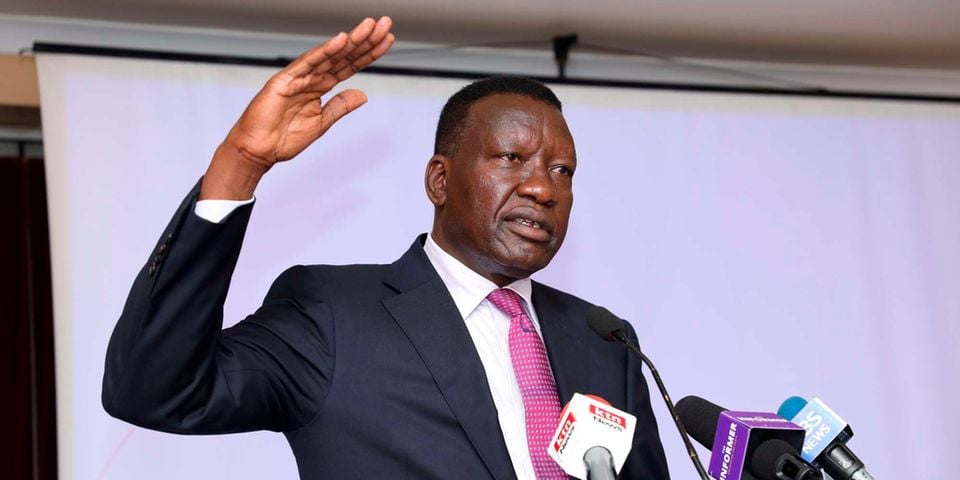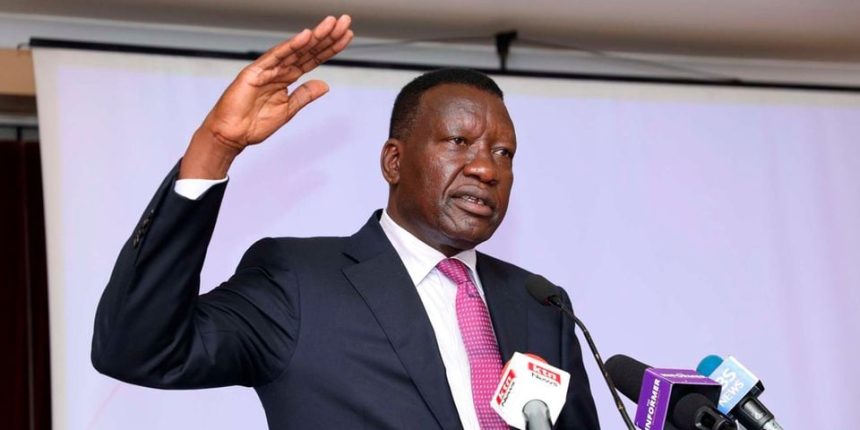Kenyans will bear costs associated with the weakening of the local currency against the US Dollar under the new government-to-government (G2G) oil importation framework.
The G2G model was introduced by the government to alleviate the dollar crisis.
Under the framework, oil marketers will be able to access fuel products and pay using the Kenyan shilling, as opposed to the previous arrangement where they would pay for the products in dollars.
Under the new arrangement, suppliers will be given a six-month period to pay for the oil products using dollars.
The government now says any currency depreciation occurring between the period the product is delivered into the country and the time of payment will be recovered at the pump.
Energy Cabinet Secretary Davis Chirchir yesterday said the Energy and Petroleum Regulatory Authority (Epra) would recover the money from motorists and other buyers of fuel products, in a format similar to the forex charges for electricity users.
“As a government, we are willing, through Epra, to manage and recover the depreciation at the pump. That is what the LOS (Letter of Support) just does, which is what we do in the energy sector and power, we take the dollar valuation forex loss to the customer,” Mr Chirchir said.
“If we release the products today in Kenyan shillings and the conversion rate varies between today and the time of payment, we will take that variation, through Epra who is allowed by these regulations, to recover that amount from the pump and that requires some government commitment through that LOS,” he said.

Cargo shipment
The first cargo to be delivered under the programme, which landed a week ago, is expected to hit the market in a week’s time when the second cargo is expected to land in the country.
The government says the programme is expected to ease a critical dollar demand that had affected the economy.
The petroleum sector accounts for 35 per cent of the economy’s dollar demand.
“The G-to-G was to address the bigger economy as opposed to allowing the petroleum sector to suck 35 per cent demand of the dollars and create the challenge of speculative tendencies,” Mr Chirchir said.
But he strongly hinted that the government may not extend the programme past the December deadline of the current six-month contract.
This means the country may return to the Open Tender System (OTS).
“It doesn’t have to be G2G, we can go back to OTS any time with the price recovery and the interbank working. G2G is just there to give us comfort but after six months we should be able to come back. The regulations give options for G2G and OTS…We are using G2G today to ease the pressure on the dollar and address the country’s macro challenges,” he explained.



